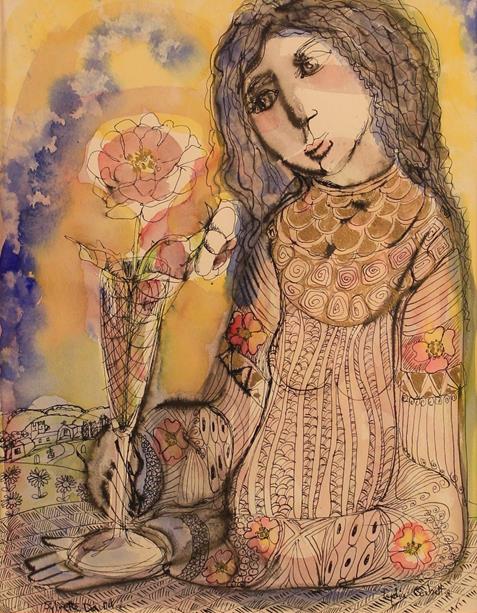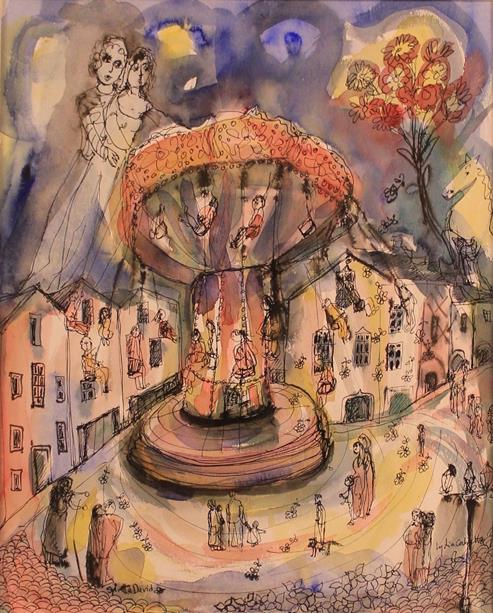Every day the environment is becoming a hotter topic, no pun intended, global warming and our throwaway culture, single-use plastics, and carbon emissions are all regular headline features. But is there more we can do to halt or at least slow this process when it comes to furnishing our homes and businesses. We at Wilkinsons Auctioneers would like to think so.
Antiques are a beautiful and high-quality way of helping the planet, as they are the easiest way to recycle. Made to last, frequently in pre-industrial periods, when manufacture was an involved and personal process. Furniture and sculpture were produced with certain qualities in mind, making the most of materials and specialized craftsmanship. Naturally, most antique pieces of fine furniture, period oak and sculpture in our, and other antiques auctions will typically be free of plastics, have offset their carbon footprint over the years and will have been produced in a much more sustainable way than their modern counterparts.
The very fact that such objects have made it through to the modern-day, frequently having already experienced many centuries of love and use, only highlights the durability, high quality and workmanship that has gone into a beautiful period oak table or highly decorative cupboard. How many modern-day pieces will be around in 100 years, or even 50 years?
It is an underrated fact that the antiques trade is effectively a mechanism for something we all need to be doing more of: recycling.
As much as we all love a change around, to revamp an area of our home or office, why not do it with a period piece of furniture instead of heading off to an out of town depot or superstore? Taking home a piece with a history represents a moment of turning away from today’s heavy emphasis on now, new, and next, which encourages a disregard for the impact of low-cost mass-manufacture and disposal. By contrast, it is rare that somebody buys an antique with the intention of getting rid in a couple of years.
So, considering antiques isn’t just interesting, it is in our interest, and investing in the past represents a desirable way to protect the future.




